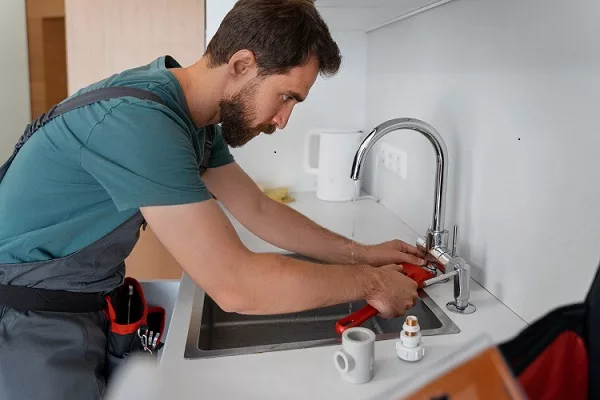
What We Can Do About Water Damage:

There are many causes for basement floods. Most of the water damage is caused by the freezing of broken pipes and sub-pumps. Will your insurance company cover it? The answer is yes, but it depends on how the insurance company is notified. I work with thousands of clients every year to help them deal with the damage caused by heavy rain and hail.
Every situation is different but all of these users have one thing in common. Homeowner insurance policy when purchasing homeowner insurance, people need to make sure they are covering 100 insurance. When it comes to water damage and mold, insurance companies don’t cover your home.
For example If there is really heavy rain and the sub-pump in the basement cannot keep the amount of water coming into the basement, then it is considered a flood and if you do not have flood insurance, it will not cover it. If the sub-pump stops working and you have to purchase a new one, you will only be covered if you have flood insurance.
If water from the fissure gets into your basement, it will be considered a leak and will not be covered by flood insurance. Flood insurance will not cover mold damage from water loss unless the mold damage is a result of actual water loss. This is called secondary damage. Insurers will not pay for secondary damage repairs because the owner is responsible for a reasonable deduction.
Reduction works are offered by companies that are already in operation. This is done to prevent secondary damage. Mold only grows when relative humidity is over 60% within 48 hours. To prevent secondary mold growth, the loosening company will remove water from the carpet, set up a dehumidifier, and air conveyors.
Water Extraction:
Water Extraction is the most important part because there are only two methods of water extraction, “extractor”, and 1- water extraction using 2- Dehumidification. The extraction process is fast and efficient in extracting water. Dehumidifiers remove water from the air and create strength, so the water evaporates. Ventilators produce fumes, so the water evaporates in solid form so that dehumidifiers can solidify the water with the vapors and extract water from the basement and drainage or bathroom.
It usually takes 3 to 4 days to remove all the water using dehumidifiers only after the extraction process is complete. After the basement dries up, it is a good idea to have the affected area thoroughly cleaned by Water Damage Experts . Not all water damage is the same. There are 3 types of water and there are 4 classes in each category. Below is the list of categories and details.
Category 1 water
It is clean from the water source and is suitable if people eat it. Class 1 water can become contaminated slowly as it mixes with soil over or under floor coverings (walls, trims, subfloors). Class 1 water can degrade due to time and temperature, which promotes the growth and expansion of microorganisms in the water. For example, water pipes burst, equipment supply is disrupted, and rainwater falls vertically.
Category 2 water
Which starts with a certain degree of contamination and if used by humans can cause illness or discomfort. Just like Class 1 water, Class 2 water can become progressively more polluted due to time and temperature.
Category 3 water
This is a highly polluted thing and if people eat it can cause death or serious illness. For example sewage water, rising floodwater levels from rivers and streams, groundwater flowing horizontally into homes. There are two buildings with water entering the building due to weather storm damage.
The first rain includes falling rainwater or its ingress under the wind as a result of damage to roof components or a group of walls. The second involves traveling horizontally into the groundwater (Category 3) which includes dirt and soil contaminants penetrating the structure, usually through doors or around foundation walls. This groundwater (storm wave) can accumulate to a depth of several inches or several feet. When structures have been partially submerged or submerged in water for weeks, a much further procedure is usually required.
Insurers report that nearly 93 percent of water damage claims in the past year could have been prevented with simple home maintenance or the use of a standard sealing or leak detection system. Since most flood damage claims cost an average of $ 5,000 in repairs, it is extremely beneficial for homeowners to easily understand and identify potential threats to water.
Rain
According to insurance companies, rain damage makes up 8 percent of all water damage claims. Even small amounts of rain, over time, can wear out in your home and eventually damage the foundation or interior of your home. Extreme weather conditions like floods can also cause serious damage to homes, especially without proper protection. Flood damage leads to particularly dangerous amounts of stagnant water, which can harbor harmful bacteria and pathogens that often lead to disease.
Plumbing Accidents
Many plumbing problems such as burst pipes and pipe leaks occur inside the walls and they can be very difficult to detect. These plumbing problems can cause severe water damage if left undetected for long periods. Leaky and explosive pipes are the most common causes of flood damage, which are often caused by supported drains and toilets. Experts suggest regular checks of your tubes to spot potential problems and make necessary repairs before any real damage occurs.